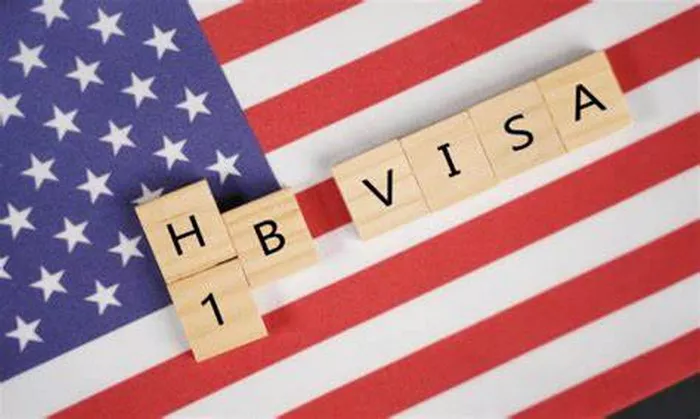The semiconductor industry is experiencing a resurgence in the United States following the passage of the CHIPS and Science Act. In April, President Joe Biden highlighted this revitalization during a speech in Syracuse, New York, announcing the establishment of new semiconductor manufacturing facilities.
“We took action to ensure these chips are made in America again, creating tens of thousands— and I mean tens of thousands— of good-paying jobs,” President Biden remarked. According to the Semiconductor Industry Association, this initiative is expected to generate approximately 42,000 new permanent semiconductor positions along with numerous temporary jobs.
Despite the optimism surrounding this industry growth, filling these manufacturing and engineering roles poses a significant challenge. “We are tens of thousands of jobs short of filling these positions when the facilities are ready to come online,” stated John Cooney, vice president of global advocacy and public policy for SEMI, a semiconductor industry association.
To bridge this gap, Cooney emphasized the crucial role of immigrants, particularly through the H-1B visa program. “We heavily rely on the H-1B program across the industry,” he explained.
The H-1B visa program, designed for skilled foreign workers in specialized fields, operates on a lottery system due to the high demand exceeding the annual cap of 85,000 visas. Harshad Surdi, an engineer at Intel, faced uncertainty after years of waiting for his H-1B visa, which he secured recently after multiple attempts.
“It was a huge worry,” Surdi reflected. “I’ve invested nearly a decade in this country, contributing to research. My future here hinges on this visa lottery system.”
While Surdi obtained his H-1B, many others face ongoing challenges, particularly regarding obtaining permanent residency or a green card. The backlog affects numerous semiconductor engineers like Surdi, many of whom are considering alternative options abroad due to visa uncertainties.
“I want to build a life here in the U.S. because of my job and lifestyle,” Surdi expressed. “But the uncertainty impedes long-term planning.”
Despite the growing demand for semiconductor workers, the H-1B visa cap has seen minimal change since its inception in 1990, with only a modest adjustment in 2004. This static cap contrasts sharply with the increasing number of visa applications over the years, leading to a significant decline in approval rates.
Sandra Sheridan Reguerin, an immigration attorney, highlighted these challenges, noting the impact on semiconductor employers and their workforce planning. “There’s a growing disconnect between the number of visas available and the applications received,” she explained.
For semiconductor employers, managing visa rejections and workforce disruptions has become increasingly complex. Options include relocating employees, extending their stay through education, or exploring alternative temporary visas.
As the U.S. government invests in semiconductor manufacturing, outdated immigration laws present obstacles to sustaining this growth.


